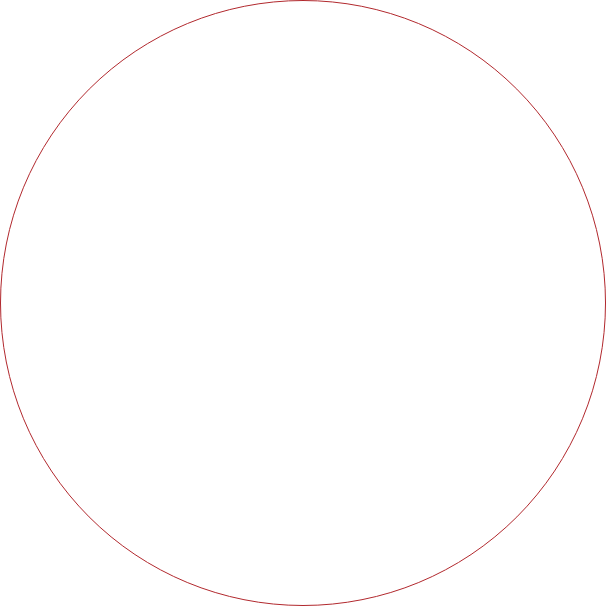

By ADK Singapore Posted August 21, 2020 In COVID-19

Introduction:
Covid-19 has also revolutionized media consumption, touchpoints and device usage.
Singapore has traditionally been a country with unique media consumption environment due to its ethnic and linguistic diversity and small land areas. For example, TVs and newspapers are highly diversified into multiple channels and vehicles according to language and genre, and digital penetration is very high. In addition, because the national land area is small and the living area is close, Out of Home (OOH)/ transportation advertisement is also highly effective.
With the spread of work from home and the drastic decrease in the frequency of going out, for instance, contact with OOH media has been extremely reduced, but traditional and digital media consumption have also seen some interesting changes. In this article, we will look at those changes, focusing on those media / communication channel.
Research Data:
Global Web Index Inc. conducted 2 times survey from March 16 to 20 (Wave 1) and from March 31 to April 2 (Wave 2), targeting 16-64 years old globally. *Singapore: N = 1,008 (Wave 1), 776 (wave 2).
We will focus on this survey results to analyse changes in media consumption among Singaporeans. To be precise, the Wave 2 survey was conducted before the Circuit Breaker, but since work-at-home has begun to permeate, it is considered to be effective data for exploring major trends.
In addition, for behavioural changes online, we would like to take advantage of similar web data to see the changes in access by devices.
Key findings:
Due to the spread of COVID-19, relevant news browsing, and entertainment-related information consumption are increasing. (Figs. 1 & 2) Naturally, one of the major media is social media centred on smartphones. Communication with friends and entertainment is expected to be accessed using a smartphone, but it can be said that situations and news related to COVID-19 are watched on TV media. Collecting right information is perceived as a key role of TV.
In addition to TV, time spend and frequency on reading newspaper are also uptrend. According to the survey by sph, approximately half of Singaporeans says reading frequency has risen and more readers spend more time to read newspaper per day.
As mentioned above, TV is highly important as a source of information on COVID-19, with “News bulletin on TV” being the top information source overall, and also the top result among 13 countries. (Figs. 3 & 4)
In terms of information reliability, the reliability of information on TV media is extremely high, and it is the top of all information sources and the top of 13 countries. (Figs. 5 & 6)
Accurate and frequent information updates by the Prime Minister and the government, and the TV media that reports it correctly, have become more a source of reliable and important information to the public. While there are a lot of fake news at the global level, this may be the reason why Singapore has a relatively controlled regarding fake information.
Not only TV, but online / digital information is of course important, and smartphones are essential devices. However, it is also unique that the use of Laptop / PC / Desktop is increasing while the time at home is increasing. Laptop growth is the highest in all 17 countries, the highest. (Figs. 7 & 8)
In fact, when comparing the access by device on the top 5 websites that are frequently accessed in Singapore on the Similar Web, the overall number of website visitors is increasing, and in particular, the number and ratio of access via PC are found to have greatly extended (figure 9).
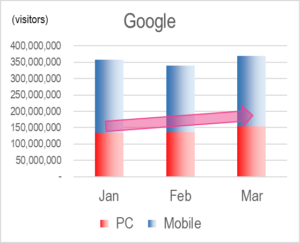
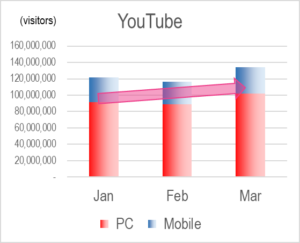
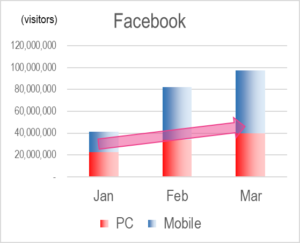
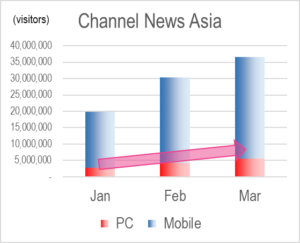
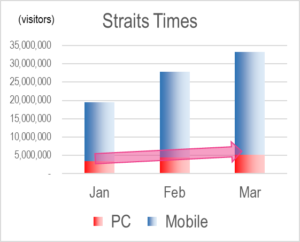
* All data don’t include apps data.
Unfortunately, the access data of April 2020 is not ready at the time of writing (late April). However, it can be said that this tendency has become more noticeable especially after April 7 when the decision to introduce e-learning and full-scale work from home was made.
Along with this, the diversification of information consumption is also accelerated. It may be said that the purpose and role of each media and device is more prominent.

TV: collecting information that requires accuracy such as news
Laptop / PC: daily information collection and entertainment for work and children
Smartphone: more light information to enjoy and share with friends
Devices and media may play an important role to switch feelings as you spend more time at home and it’s hard to see the difference between on and off times.
Media strategy that responds to “feelings / motivation” when contacting the media is effective.
